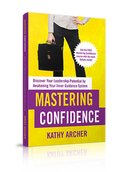|
Confidence = Feeling good about yourself and your abilities. Lacking Confidence = A crappy feeling that makes you want to run away and hide. Lacking confidence is the #1 thing women tell me that gets in their way of leading well and enjoying the leadership experience. Hesitancy, second-guessing or an outright fear, can shake a lady to the core. Moving back to a feeling of certainty can happen. It takes the movement in 1 or more of the 3 factors of confidence: knowledge, skills and attitude. Let's take a look at your confidence. Factors that add up to confidence
Let’s take, for example, public speaking Knowledge Have you participated in any training, read a book or watched a video about what is important to know about effective speaking?
Skills When have you practiced public speaking? Is it something you regularly do at work and have the opportunity to develop your skills on a daily or weekly basis?
Attitude Do you believe you can be a decent public speaker? Do you have faith in yourself? Listen to your inner dialogue. What is it saying to you?
2 Steps to Mastering Your confidence Step #1 Take a moment to consider where you lack confidence. Identify the particular area you struggling with:
Step # 2 Review the 3 factors of confidence. What can you do in each of these areas to help you to boost your confidence?
Increasing your confidence starts with your attitude When you align your attitude with your desire, you can shift the other two areas. It’s easier to be open to increasing your knowledge and skills when you believe that doing so will make a difference. Watch your thoughts. They are ultimately the key component of your confidence level. Help your mind, by learning and growing. The combination of all three will have you more optimistic about yourself and what you are capable of doing. You will take control of making yourself more confident. QUESTION: What will you do today, to get an immediate boost of confidence in one area of your leadership?
0 Comments
Leadership about taking people forward to the desired destination. Unfortunately, it's not a straight line from where we are today to where we want to go. Most leaders zigzag back and forth, from crisis to crisis, putting out a fire here and dealing with an issue there. If you followed behind them, you’d wonder why they seem to wander to and fro so much. Navigating the zigs and zags of leadership takes some work Leaders have to decide when to zig and when to zag. They have to know how far to veer to the left and how far back they need to go in the other direction. To manage the endless choices one has to make, leaders will find it helpful to have guideposts. An essential tools managers can use to navigate along the path towards their vision is to increase their understanding of their own values. Your deeply held values serve as guideposts When leaders know what they value, they know what is important; it helps them with ethical decisions. Clarity of values gives them a sense of what hill they will put a considerable effort into and which battles to walk away from. Knowing their values provides a leader with a navigation tool to direct their way. Let me give you an example Imagine that two of the staff have an opportunity to go to a conference. Four of the team members indicate they want to attend. Who gets to go?
Values clarity = Emotional clarity Value identification also helps you to know why you’re feeling the way you are. When you are irritated, annoyed or frustrated, it is usually because something isn’t in line with your values. Emotional turmoil usually means one of your values is being stepped on. If someone tells a white lie and that irks you, it might be that you appreciate honesty. When one of the people in your unit leaves the staff room counters covered in cookie crumbs, and you get annoyed, it’s likely because you value cleanliness and possibly respect. Identifying those personal values helps you have a polite conversation that will allow you to deal skillfully with the situation rather than respond with passive-aggressive sarcasm. How do you identify your values? In truth, it often takes some time to nail them down entirely. As well, your values do change over time. As a start, though, increasing your awareness around naming values when you experience them yourself or see them in others is helpful. That heightened awareness gives you perspective on what you find significant. Use that attentiveness in you to guide you in the following three activities that will provide you with clarity on your core values. 3 ways to help you identify your values. 1. Reflection Reflect on where you are drawn to spend time, energy and resource in your life. Take some time to look at your life activities both at work and in your personal experiences.
If you value accuracy, you likely spend a lot of time double-checking your work. On the other hand, perhaps the person next to you values expediency and so gets stuff done and moves to the next thing as quickly as they can. If you two are working on a project together, your values might clash. 2. Journalling Journal answers to these questions:
3. Narrow it down Review a list of values and instinctually pick your top ones
Make identifying and clarify your values a top priority Identifying your values helps you make tough decisions as you zigzag forward as a leader or manager. Using your values as the guideposts gives you a structure for decision-making. Knowing your values also helps you understand why you're feeling the way you are and gives you words to help sort out conflicts resulting from incongruity. Knowing what's important to you is a huge part of being an effective leader. So take the time to examine your core values that will help guide you along the winding leadership path. 👉 Read this next: Why verifying your values foundational for nonprofit leaders
Use of Strengths = Effectiveness + Enjoyment Here is the thing, though, when you use your strengths, you are much more effective in your work. The deliberate application of your foremost skills, talents and traits has optimal effects on your success as a leader. That makes an incredible difference in how you feel, in your relationship with your team and your organization’s outcomes. If you have not identified your strengths here are three places you can look.
Growing your strengths - even stronger
Make the shift - Feel the shift When you get clear on your strengths and utilize them more, you’ll begin by finding you are more effective in your work. Even more than that, as you get better at doing the things you are already good at, you’ll see stronger relationships and more enjoyment at work. Question: What is one of the strengths you already have and use daily? Fundamental to successful leadership is the formation of a heightened level of self-awareness. Sadly, too many managers spend more time finger-pointing than spending time doing introspective reflection. It is when you spend time curiously exploring what is going on in our minds and bodies, that we are better able to respond to the intricacies of running an organization. Getting a sense of who you really are is critical Self-awareness helps you to explore who you are. Putting your attention on yourself helps you to find clarity on what is critical, meaningful and necessary for you. Further, this inner contemplation facilitates your understanding of why all of that is so dang important. Your insights into your unique traits and your individual personality guide you in being more impactful in your interactions with the world. Self-awareness and the strong leader
It's time to explore you Self-awareness starts by exploring what is going on under the surface. It is often the unconscious that one needs to get more curious about and explore more. This inner exploration takes time and focused attention. To intentionally be progressively more self-aware, try to instill these three habits. 3 habits to establish to increase your self-awareness 1. Journal Daily Stop and take time daily to reflect. Go over a situation that happened and write about it. Writing it is an incredibly powerful way to look at the experience more objectively. To get access to many journaling worksheets check out the free guides here
2. Set reminders While journaling is a looking back exercise, we also need to practice getting more aware in the moment. It’s helpful to catch yourself expectantly during the day to check in. Learn more about this strategy on page 130 of Mastering Confidence Develop an alert system that prompts you to check in with yourself to see how you are feeling, what you are thinking and how on track you are.
3. Practice Mindfulness Installing a habit of mindful moments in your day grows your mindful muscles. Being able to focus on priorities, conversation and tasks despite environmental distractions and internal narratives take practice. Create a habit of mindfulness activities daily to practice this piece. Here are a couple of options: Learn more about this in the Breath Magic webinar in The Training Library
Habits that increase self-awareness = Stronger Leadership When you install daily habits such as journaling, becoming more aware in the moment and mindfulness, you will increase your self-awareness. This improved understanding of your inner workings will support your leadership development. Knowing and having a better understanding of what is going on for you helps you to manage it and choose how you want to respond. This level of control of your emotions and actions puts you in a much more powerful place to lead and impact your team confidently. Question for you: I want to hear what you think. Comment below,
Ongoing training to grow women leaders in 🇨🇦 Canada's Nonprofit Organizations. Not a member of The Training Library yet? Join for $19.97 and enjoy a monthly webinar plus a library of courses to support your ongoing personal and professional development that is affordable and easily accessible! Discover the details here |
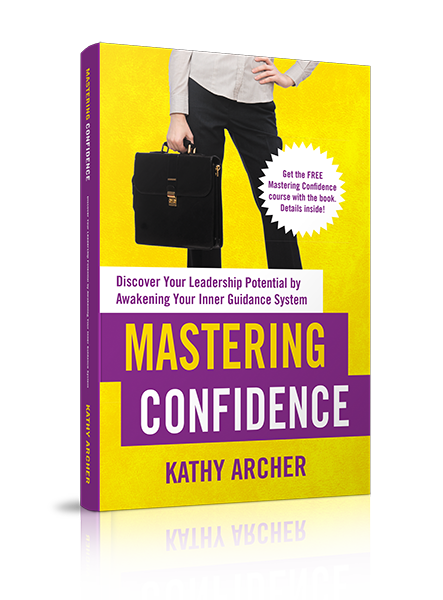
Available on Amazon
Archives
March 2024
|
|
Leadership TRAINING for Nonprofit Leaders
Become a confident and competent nonprofit Leader: Join The Training Library membership Executive and Leadership COACHING Leadership Coaching for Nonprofit Executives, Leaders and ManagerCoaching |
PODCAST for Nonprofit Leaders
The Surviving to Thriving podcast: Strategies, systems and support to lead your nonprofit with confidence FREE RESOURCES to Grow your Leadership Skills Free Leadership Training Resources, Worksheets and Templates |
Become a CONFIDENT LEADER
|



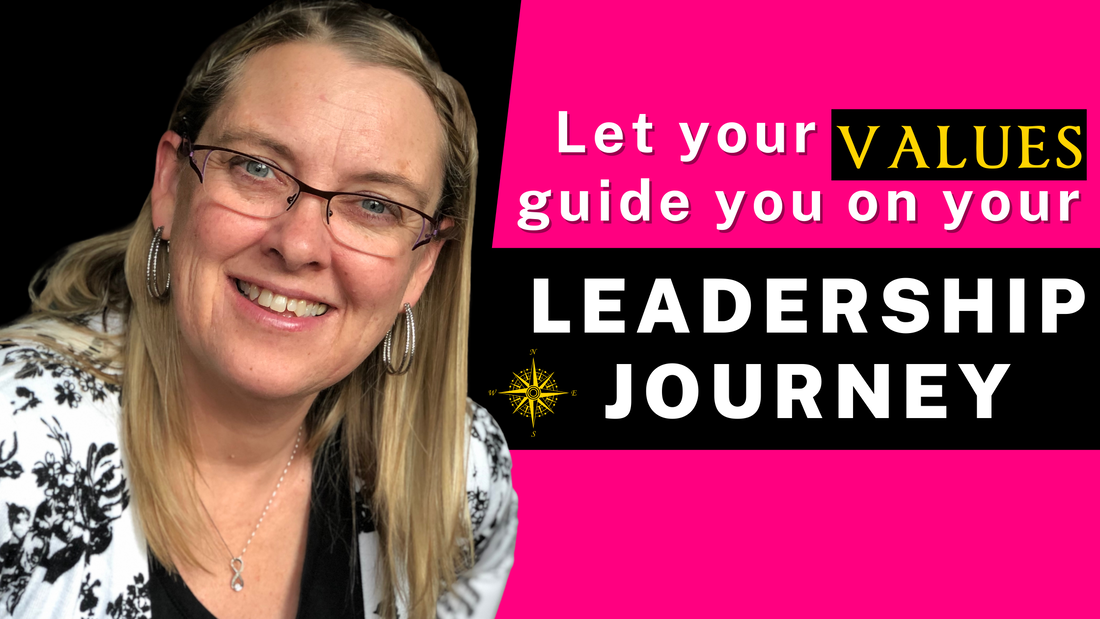

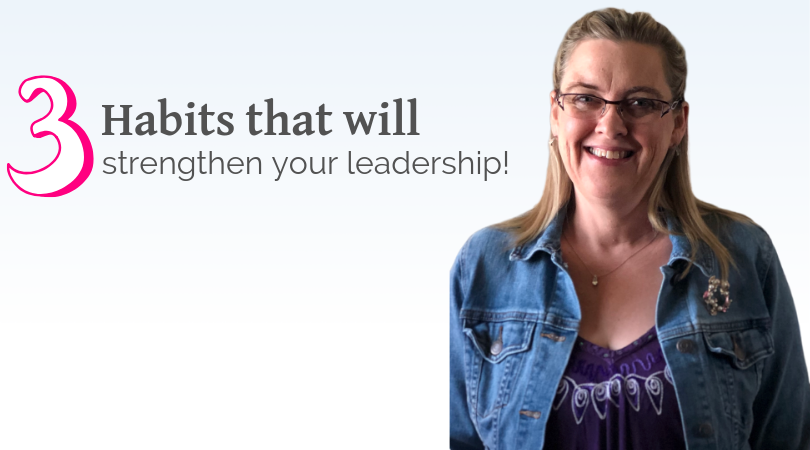
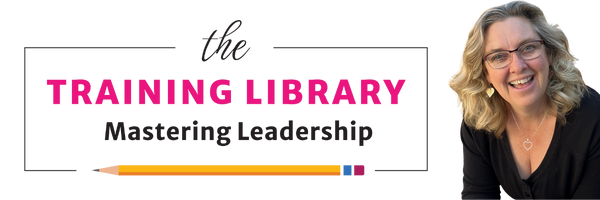


 RSS Feed
RSS Feed
